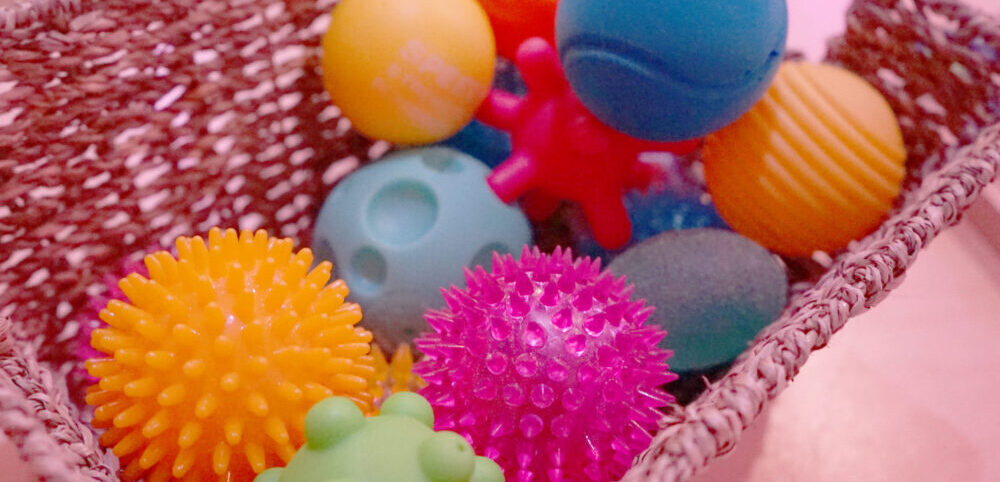Music and dance
Music and dance go hand in hand! Nursey rhymes and songs are packed full of directional language, so your child will not only derive pleasure from the songs, but also master some movement while you are singing.
Music and dance go hand in hand! Nursey rhymes and songs are packed full of directional language, so your child will not only derive pleasure from the songs, but also master some movement while you are singing.
Start singing action songs
It doesn’t matter if you aren’t the best singer, your baby is already connected and calmed by your voice and they will love this interaction. You can demonstrate the actions by sitting them between your legs and resting your hands under theirs, or use a musical instrument such as the egg shaker to illustrate the directions – up, down, left and right. As they get older they can do the moves themselves and will enjoy joining in.
Here are some great action songs to start with:
- Here we go round the mulberry bush
- The wheels on the bus
- Head, shoulders, knees and toes
- Hokey Cokey
- If you’re happy and you know it
- The jingle jangle scarecrow
- Wind the bobbin up
For more song suggestions and lyrics click here >
The benefits of action songs for a vision impaired child
Listening to and singing songs with your child and encouraging the movements is a great way of helping them to develop spatial awareness, language and verbal prompts. Verbal prompts will be the cornerstone of helping your child to learn as the visual may not potentially register. Narrating the visual elements of their life will start to become second nature to you, so using songs that contain verbal prompts will help them develop this listening skill.
Visit music groups
Baby and toddler music groups can be a great place to visit with your child and are usually quite easy to find locally. If you’re not sure where to start, local libraries usually run story and rhyme sessions free of charge for pre-school children. Don’t be afraid to chat to whoever is running the session about your child’s vision impairment so that they can make their sessions accessible.
Practice different movement skills
Have you ever realised how many movement skills are involved in dance? From whole body, to upper body, to fingers, there are so many actions you can practice with your VI child. Clap, bend sideways, reach, pat, flick, in front of, under… to name just a few! The ‘Teaching Visually Impaired’ website has a really good list that will help you to think about the added meaning you can give to dancing with your child.
Visit the teachingvisuallyimpaired.com page for their full list >

Looking for more inspiration?
The Little Amber Trust is a fantastic resource filled with ideas and activities that you and your child can engage in together. Little Amber was setup to give practical help to parents of blind babies. They have designed 48 fun and colourful activity cards to help you engage with your child, organised by different levels.











